

Intellectual Property
What is a patent, and how do you get one in Malaysia?
almost 7 years ago JS LimIf you’ve written a book, you get a copyright to protect it. If you’re designing a logo for your company, you’ll apply for a trademark to make sure no one imitates it. And if you’ve invented a machine that makes perfect coffee every single time, you’ll want a patent on that.
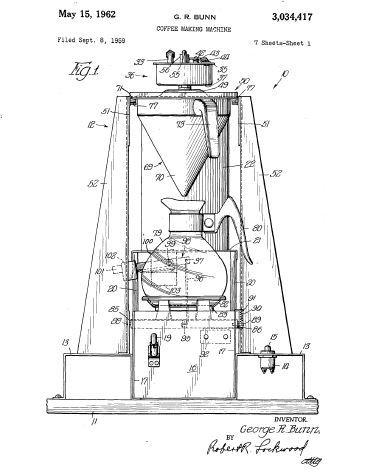
These are all types of what we call “intellectual property”, which is a pretty accurate name because they are things that come from the mind which you can own, just like a house. If you’ve ever heard about patents before, it’s probably been in medicine, engineering, or technology. Probably one of the best known incidents of patents appearing in the news is when Apple sued Samsung for infringing on their “Slide to Unlock” patent. The case spanned back from 2011 and was finally settled in 2017.

We’ve written about both copyright and trademarks before (which you’ll find linked below), but patents are in a higher category by themselves because of how difficult they are to get, and how rich they can potentially make you...
[READ MORE - What’s a copyright and how do you get one?]
[READ MORE - Here's how Malaysian trademark law protects YOU from getting conned]
So, what exactly is a patent and what makes it so difficult to obtain?
A patent is an exclusive license to use an invention
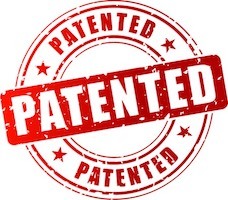
Take your perfect-coffee machine. After all those resources you poured into developing this wonderful invention, you’d want to benefit from it - most commonly by mass-producing them and selling at a profit. But you can’t afford to have some smart guy buy your machine, reverse-engineer the science, and make a copy of it! They’d be freeloading on the work - YOUR hard work.
This is why we have patents to protect inventions, so that inventors can benefit from the fruits of their labour - for the limited period of 20 years, subject to you paying an ever-increasing annual fee. Think of it as having a title deed for your invention, just like with real estate. As a patent owner, you get the exclusive rights under Section 36 of the Patents Act 1983 to:
-
Exploit your patented invention
-
To assign any rights of your patent to others
-
To form license contracts for your patent
“Exploit” in this case means to use your invention commercially, by selling, stocking, and using it in the case of a product. But if your invention is a process (for example, the Haber process for manufacturing ammonia), you get exclusive right to use the process, and the right to sell the product of your process. In both cases, you’re basically getting a temporary monopoly on your invention in exchange for your contribution to improving the world.
Before you get too excited and start building an lab to tinker away in, you should know that…
Not all inventions can be patented
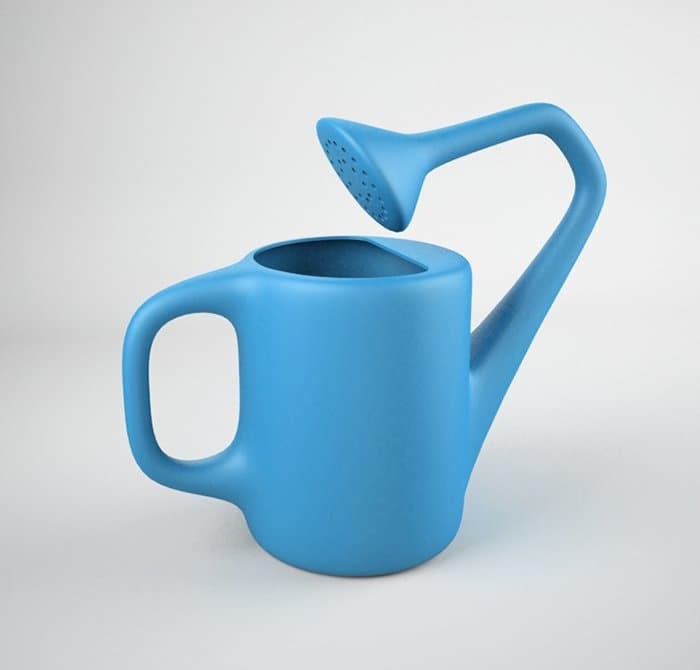
To get one of your creations patented, it needs to qualify as an “invention” according to the law first.
So in short, your invention has to solve a problem, and not be for fun. Next, your invention needs to qualify as patentable:
The bolded words are extra criteria unto themselves, because legal definitions are snobbish pretty specific that way:
-
“New”, means it’s not anticipated by “prior art”, which in a simple sense means current knowledge and state of technology.
-
If something has an “inventive step”, it would not be obvious to a person with ordinary skill in the a prior art. For example, your perfect-coffee machine qualifies if it uses a special heat regulator that other people have not been able to develop.
-
“Industrial application” is more straightforward - if your invention can be made or used in any kind of industry, then it is “industrially applicable”.
Even then, certain inventions are not patentable, usually it’ll be because it’s intangible, or because it’s too broad to be under the control of one person (imagine getting sued for having the same coloured living room as another person):
-
Discoveries, scientific theories, and mathematical methods
-
Plant or animal varieties, or biological processes for producing plants or animals (but this does not include man-made organisms or their products)
-
Methods for doing business, performing mental acts, or playing games
-
Treatment and diagnostic methods for treating humans and animals by surgery or therapy
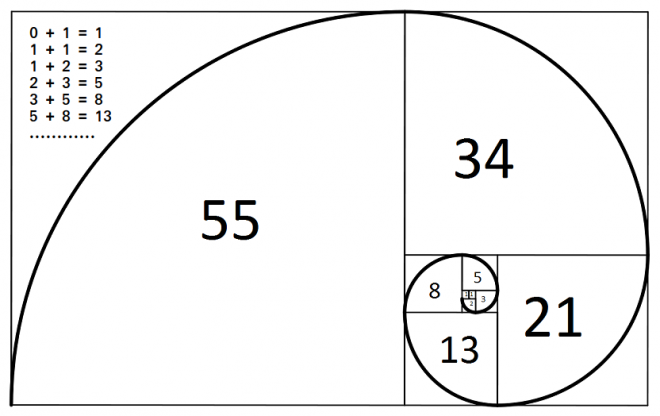
So you can’t patent a math theory like the Fibonacci sequence, but you can still write books about it, which will be protected under copyright. To use a different example, although you can’t patent the colour “ruby red”, you can patent the process of manufacturing “ruby red” paint which you’ve discovered.
Does a patent apply worldwide?
Nope! Patents only apply regionally, so if you want to sell your perfect-coffee machine in Malaysia and Singapore, you’ll need to apply for a separate patent for each country. There’s an international convention called the Paris Convention for the Protection of Industrial Property which makes the application smoother. Most importantly, if you’ve applied for a patent in a country that signed the Paris Convention, you get priority for 12 months to file that same patent in any other country that also signed.
There’s also an alternative method through what’s called the Patent Cooperation Treaty (PCT) which you can apply through to get your patent recognized in all countries that are party to the PCT. So you won’t have to file a separate patent with every single country in the world if you want to take your invention international. You can find out more about how the PCT works at the World Intellectual Property Organization here.

Here’s how to apply
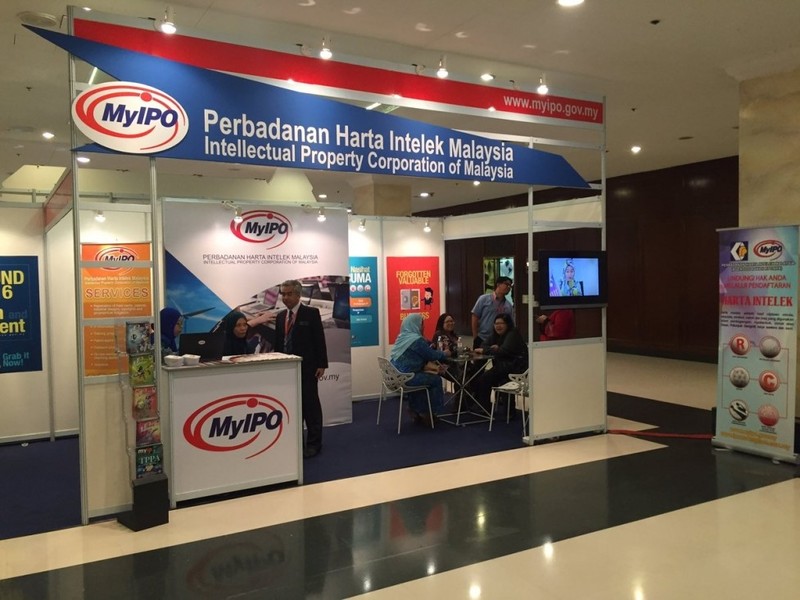
As with any other form of intellectual property in Malaysia, you’ll be filing an application with MyIPO (Intellectual Property Corporation of Malaysia) to get something patented. You’ll need:
-
Your name and address (or your company’s)
-
The name and address of the inventor
-
A description of the invention, attached with any necessary diagrams and drawings
-
At least one claim
-
Payment of filing fees
The application process usually takes about 12 months for a regional patent (specific to one country), and can take up to 30 months for an international application using the PCT. There are a few examinations of your patent that need to happen before you can get your invention patented (the patent office actually needs to write a report stating why you should or should not get the patent).
For more information on patents and other forms of intellectual property in Malaysia, you can visit MyIPO’s website over here.
Jie Sheng knows a little bit about a lot, and a lot about a little bit. He swings between making bad puns and looking overly serious at screens. People call him "ginseng" because he's healthy and bitter, not because they can't say his name properly.